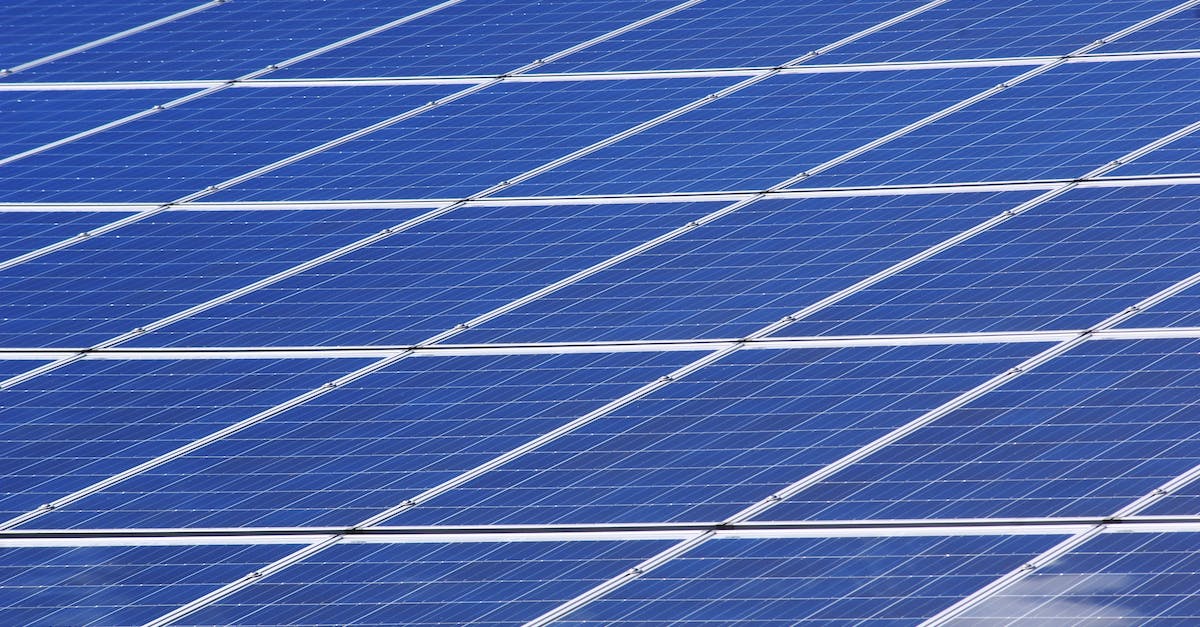Are you looking for ways to generate sustainable energy at home? Have you ever wondered how to save money on your energy bills? Well, look no further! By following the simple steps in this article, you’ll be able to generate your own energy from the comfort of your own home.
The benefits of generating your own energy are endless. Not only will you be helping the environment by reducing your carbon footprint, but you’ll be saving money in the long run too. Plus, you’ll be able to take pride in knowing that the energy you’re using is coming from a renewable source.
It’s easier than you think to generate sustainable energy at home. All you need is a little creativity and some basic resources. We’ll start with the basics and work our way up to more complex energy-generating methods. Along the way, we’ll talk about how to reduce your energy usage in other areas of your home.
So, let’s get started! With a little bit of effort and dedication, you’ll be generating sustainable energy in no time. Ready to get the ball rolling? Let’s go!
Identifying Sustainable Energy Sources
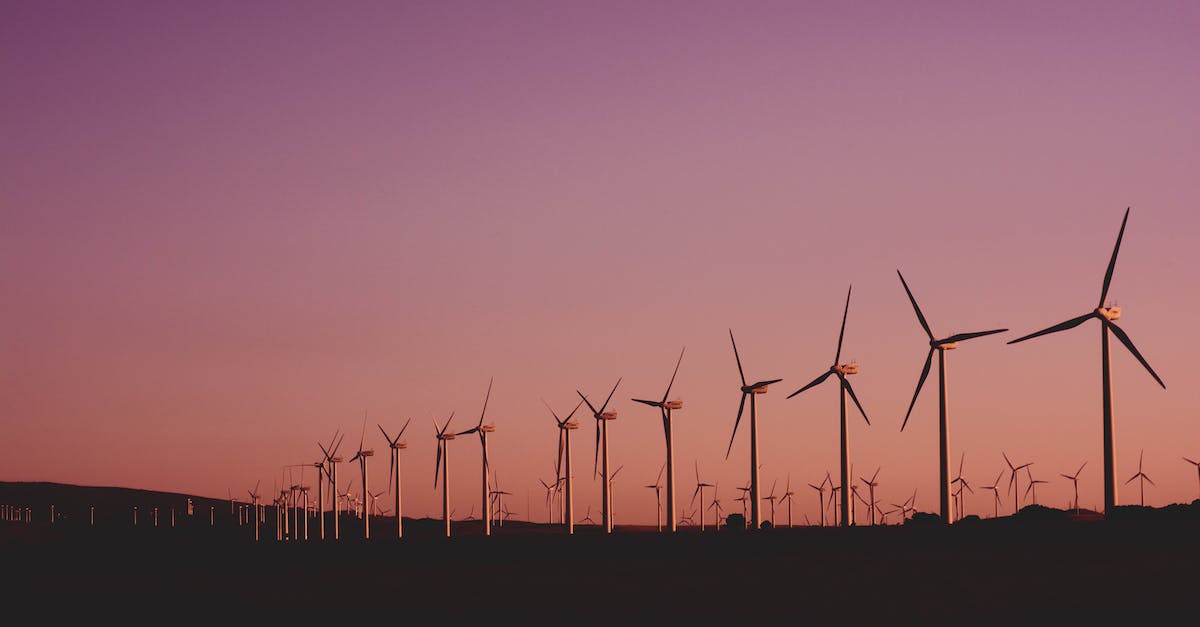
Are you looking to generate sustainable energy at home? You’ve come to the right place! Identifying sustainable energy sources can be an important first step towards creating your own environmentally friendly energy production.
- Solar power is a great way to start. It’s one of the most abundant and cleanest energy sources available, and you can use it to generate electricity or to heat your home and hot water. You’ll need to install solar panels on your roof or in the backyard to capture the sun’s energy, but the cost of installation is often offset by government subsidies and long-term savings on your energy bills.
- Wind power is another way to go. It’s one of the oldest and most reliable sources of renewable energy and can be used to generate electricity for your home. To harness the power of the wind, you’ll need to install a wind turbine or a windmill in your backyard or on the roof of your home.
- Geothermal energy is a great option too. It’s a form of renewable energy that uses the heat of the Earth’s core to generate electricity and heat homes. To use geothermal energy, you’ll need to install a ground-source heat pump, which extracts heat from the ground and transfers it to your home.
- Hydropower is also an option. It’s a form of renewable energy that uses the power of moving water to generate electricity. To use hydropower, you’ll need to install a hydroelectric generator, which uses the energy of water flowing down a river or stream to generate electricity.
These are just a few of the many sources of sustainable energy available. Once you have identified a renewable energy source that works for you, you can start taking steps to create your own clean energy production.
Assessing Home Energy Needs
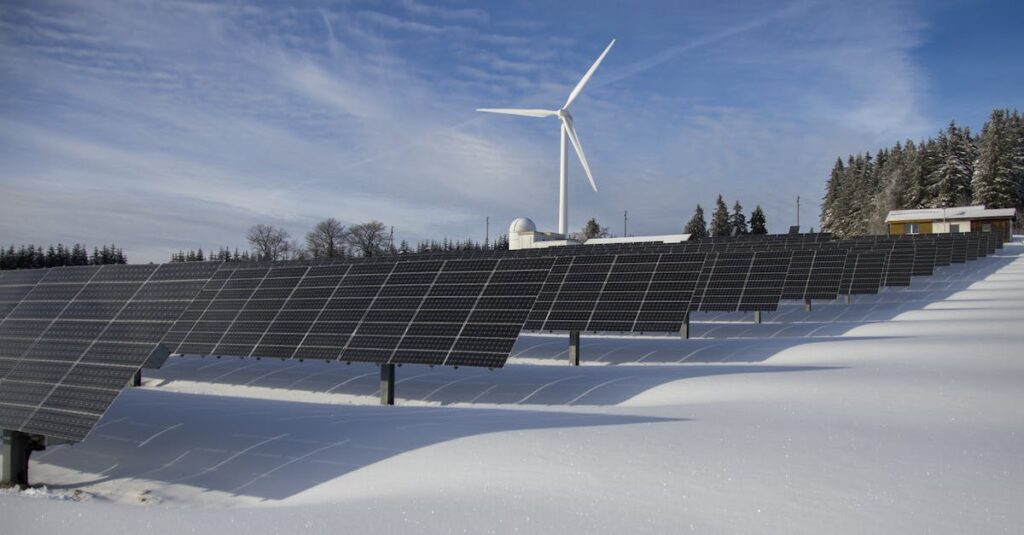
Are you looking to generate sustainable energy at home? If so, the first step is to assess your home energy needs. Here are some tips to help you out!
- Get an energy audit. This will help you understand where your energy is being used and how you can make changes to become more energy-efficient.
- Check your current appliances. Look at the energy ratings of each appliance to get an idea of how much energy you’re using.
- Calculate your energy usage. Estimate your home’s energy use per month and compare it with the energy use of similar-sized homes.
- Analyze your energy efficiency. Look for ways to reduce your energy use, such as turning off appliances when not in use, using energy-efficient lighting, and running the dishwasher only when it’s full.
- Choose renewable energy sources. Look into options such as solar panels or wind turbines to generate your own clean energy.
By assessing your home energy needs, you’ll be able to make informed decisions about how to generate sustainable energy at home. Good luck!
-

Fashionably Green and On-The-Go
£16.50 Select options This product has multiple variants. The options may be chosen on the product page -
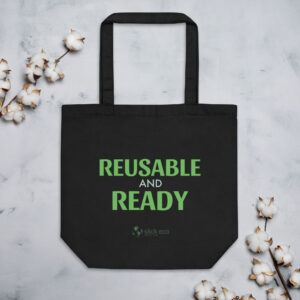
Reusable and Ready Eco-Friendly Tote Bag
£16.50 Add to cart
Calculating Potential Savings
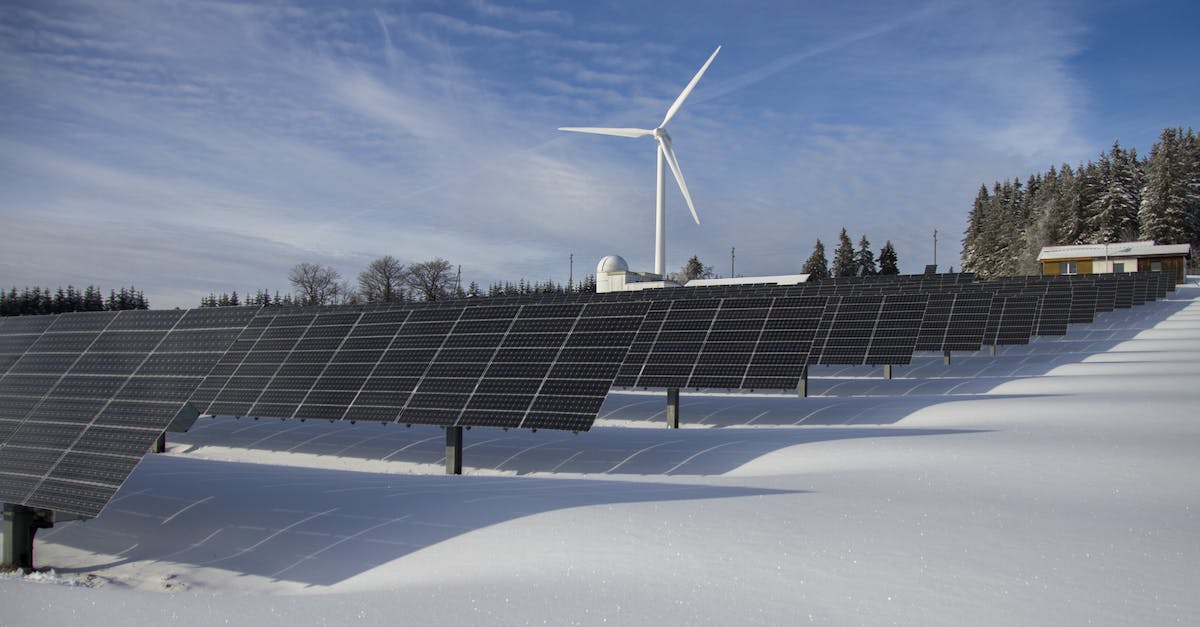
Are you ready to start calculating your potential savings? Great! Let’s get started.
Start With Your Current Energy Consumption
To start, you’ll need to figure out how much energy you currently consume. Your energy bill is a great place to start, as it will show you how much energy you’ve used in the past month or so. You can use this information to calculate the average amount of energy you consume each month.
Calculate What You Could Save
Once you know how much energy you consume, you can start calculating your potential savings. Look into how much energy renewable sources such as solar or wind power can generate for you and compare that to your current energy consumption. Once you know the difference, you’ll be able to calculate the amount of money you can save by switching to more sustainable energy sources.
Factor in Maintenance Costs
When calculating your potential savings, you should also take into account the cost of maintaining your renewable energy sources. Solar and wind power require regular maintenance and repairs to keep them running efficiently. Make sure you factor this into your calculations before you make the switch.
Installing Home Energy Systems

So you’ve decided to take the plunge and install a home energy system. Congratulations! Generating your own sustainable energy is an incredible way to reduce your carbon footprint, save money, and even make money from selling back the energy to the grid. But where do you start?
- Research Your Options: Before you make any decisions, do your research! Make sure you understand the different types of energy systems and their pros and cons. Solar panels are the most popular, but there are other options like wind turbines, geothermal systems, and even hydroelectric generators.
- Check Regulations and Permits: Once you decide on a system, check to see if there are any zoning regulations or permits you need to obtain. Depending on where you live, you may be able to install the system yourself, or you may need to hire a professional.
- Find a Professional Installer: If you need to hire a professional, make sure you find one who is experienced and certified. Ask for references and check customer reviews before making a decision.
- Know Your System: Once your system is installed, take the time to understand how it works. Educate yourself on how to maintain it and get the most out of your investment.
Generating your own energy can be a rewarding experience, and it’s sure to help you reduce your carbon footprint. So go ahead and get started – you won’t regret it!
Maintaining Home Energy Systems

Maintaining home energy systems is essential to keeping your energy clean and green. Here are a few tips for keeping your systems running smoothly:
- Check your system regularly: Regularly inspect your system to make sure it is running efficiently and that all components are functioning properly.
- Replace worn components: If you notice any parts of your system are worn, replace them immediately to ensure optimal performance and minimize energy losses.
- Conduct regular maintenance: Regularly clean and inspect your system for dirt and debris build-up. This is especially important for solar and wind systems.
- Monitor energy consumption: Monitor your energy consumption to ensure you are using energy efficiently.
- Keep track of your system’s performance: Regularly check the performance of your system to ensure it is working as expected.
With a few simple steps, you can maintain your energy systems and ensure they are providing clean, sustainable energy for your home.
Utilizing Renewable Energy Sources

You’ve probably heard about renewable energy sources like solar and wind power. You might not realize how easy it is to incorporate them into your home. Utilizing renewable energy sources can help you reduce your carbon footprint and save money on your energy bills. Here’s how you can tap into these green energies:
- Install Solar Panels – Solar panels are a great way to generate energy from the sun. They collect the energy from the sun and convert it into electricity that you can use to power your home. They are relatively easy to install and the energy they produce is free.
- Harvest Wind Power – Wind power is a renewable energy source that can be used to generate electricity. You can install a wind turbine on your property to harness the wind’s energy and convert it into electricity.
- Harness Geothermal Energy – Geothermal energy is a renewable source of energy that comes from the Earth’s heat. You can use geothermal energy to heat your home by capturing the heat from the ground and transferring it into your home.
- Capture Hydroelectric Power – Hydroelectric power is generated from the energy of moving water. You can capture the energy of a nearby river or stream and use it to generate electricity.
- Use Biofuels – Biofuels are renewable sources of energy made from plant and animal materials. You can use biofuels to power your home in the form of biodiesel or biogas.
- Invest in Energy-Efficient Appliances – Investing in energy-efficient appliances can help you save money on your energy bills. Look for appliances with the Energy Star label to ensure they are using energy efficiently.
By utilizing renewable energy sources, you can save money on energy bills and help protect the environment. It’s never been easier to make your home a greener, more efficient place.
Understanding the Cost Benefits of Home Energy Systems
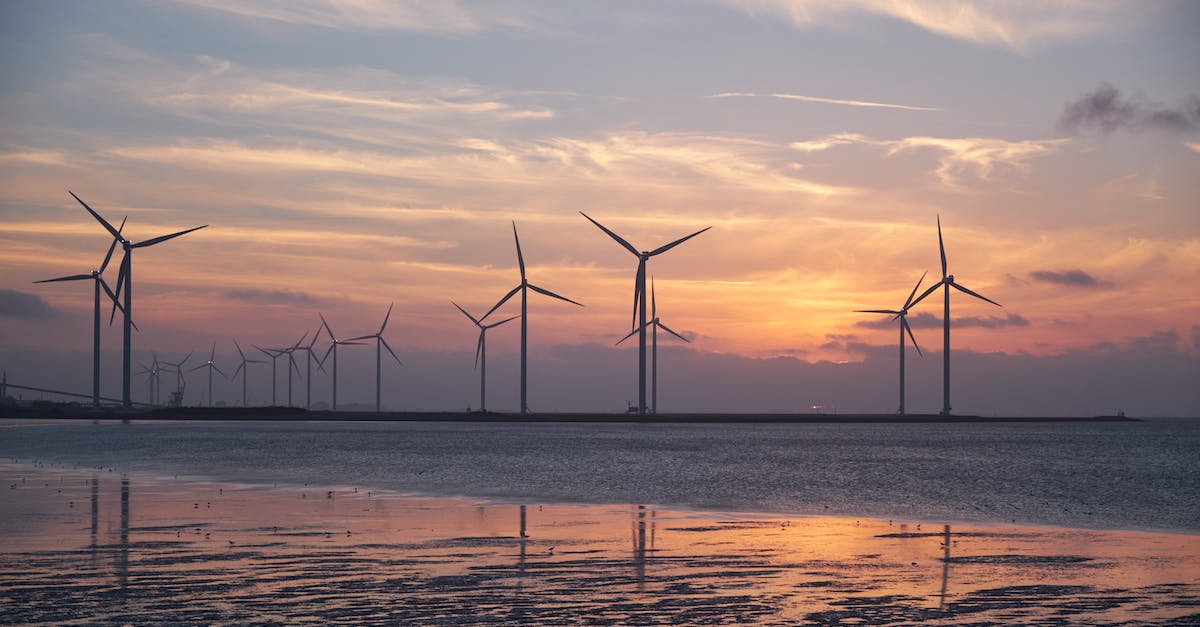
Understanding the Cost Benefits of Home Energy Systems is key to making sure you get the most bang for your buck when it comes to sustainable energy. Investing in solar panels, wind turbines, or other renewable energy sources can be costly, but the long-term savings can be worth it. Here are some things to consider when evaluating the cost of sustainable energy systems:
- Research tax credits and incentives: Many states offer tax credits and other incentives to homeowners who install renewable energy sources. Check with your state and local governments to see what is available.
- Evaluate your energy needs: Knowing how much energy you use and what type of energy you need can help you better evaluate the cost of various energy sources.
- Calculate the return on investment: Investing in renewable energy systems can have long-term financial benefits, but you should calculate the return on investment to make sure it’s worth it.
- Consider the environment: Generating sustainable energy at home can reduce your carbon footprint and help protect the environment for future generations.
- Look for used equipment: You can often find used renewable energy equipment for a fraction of the cost of new systems.
- Shop around: Don’t be afraid to shop around for the best deals on renewable energy equipment and installation.
- Take advantage of financing options: Many renewable energy companies offer financing options that can help spread the cost of your energy system over time.
By doing your research and understanding the cost benefits of home energy systems, you can make an informed decision that will save you money in the long run.
Conclusion
The world is in a race to generate sustainable energy and homeowners everywhere are looking for ways to participate. But you don’t have to be an energy expert to start generating sustainable energy in your own home. There are many simple, cost-effective ways to get started. From solar panels and wind turbines to geothermal heat pumps and bio-mass energy, there are plenty of options to choose from.
What’s more, generating sustainable energy at home doesn’t just have to be a financial investment. By taking simple steps such as changing to energy-efficient light bulbs and appliances, you can reduce your energy consumption and conserve resources.
The possibilities are endless! Now it’s up to you to decide how you’re going to join the race to sustainable energy. Will you reduce your energy consumption? Will you invest in solar panels? Or perhaps you’ll build a wind turbine in your backyard?
No matter what you decide, the important thing is that you take the first step. And who knows – you could even be a leader in your neighborhood, inspiring others to join the race to sustainable energy!

